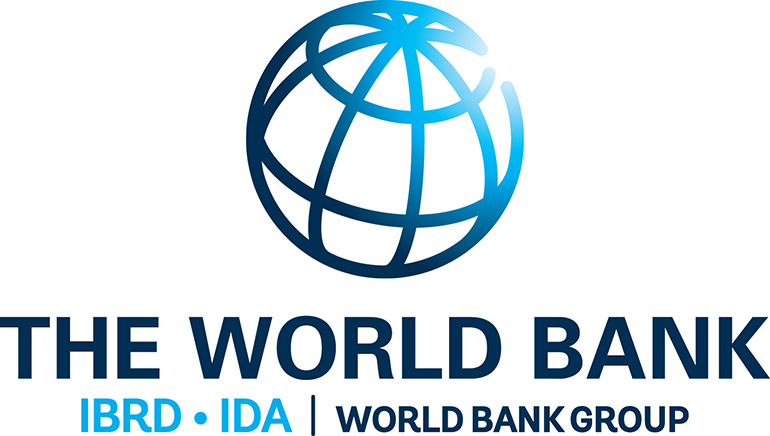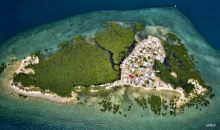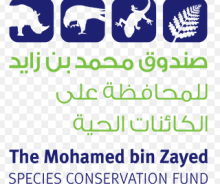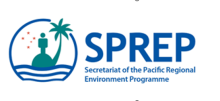
The World Bank Group (WBG) Forest Action Plan FY16-20 aims to integrate the sustainable management of forests more fully into development decisions and define priorities for WBG interventions in the next five years. It focuses on two areas of engagement: i) Sustainable Forestry, where the WBG aims to have investments contributing to sustainable management of forests and value chains and (ii) Forest-Smart Interventions, where WBG aims to have interventions in other sectors not come at the expense of forest capital. These two focus areas build on three cross-cutting themes: climate change and resilience, rights and participation; and institutions and governance.
What does the Forest Action Plan mean for the World Bank Group’s engagement on forests?
The Forest Action Plan (FAP) confirms and defines our engagement in the forest sector and beyond. Sustainable forestry, the FAP’s first focal area, builds on decades of experience with sustainable forest management and reinforces the importance of forests as a productive sector that can reduce poverty and create jobs.
The second focal area, forest-smart interventions, is really innovative: it’s about an integrated approach that looks at how other economic sectors such as agriculture, transport or energy and mining impact forests and how forests impact those sectors. With this understanding, we can identify and tackle the root causes of deforestation and support better development planning at the landscape level.
These areas are underpinned by cross-cutting priorities fundamental to all forest engagements – institutions and governance, participation and rights, and climate change and resilience. Strengthening institutions and governance is a critical part of almost any project in the forest sector, as is clarifying rights and access for forest communities so that they can manage their forests and derive their living from forests. Including climate change is a no-brainer as we track the mitigation and adaptation benefits of all of our investments.









